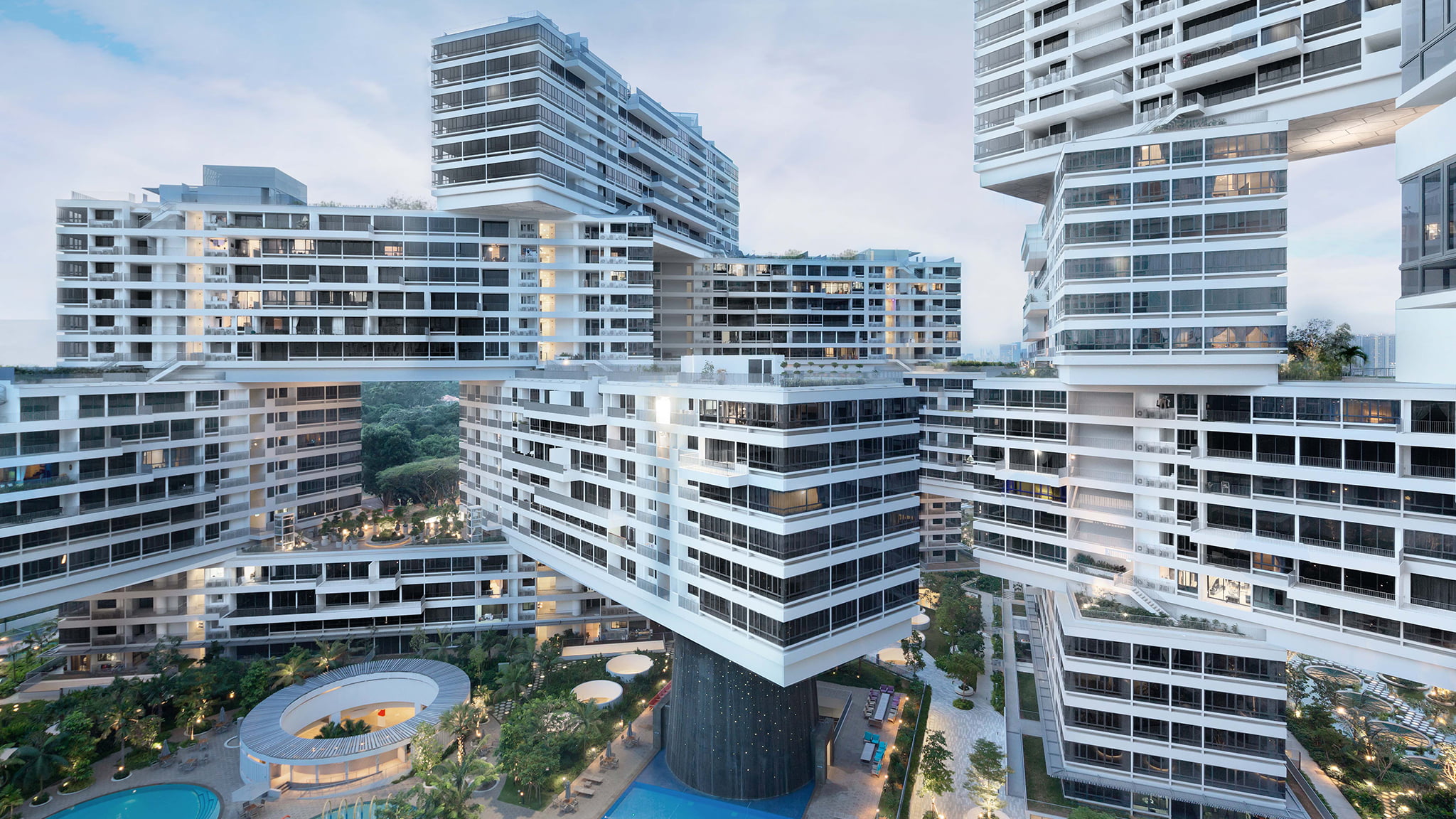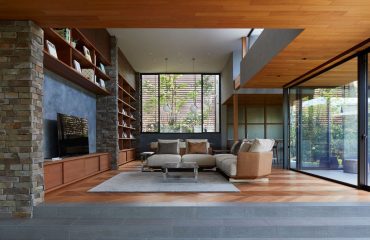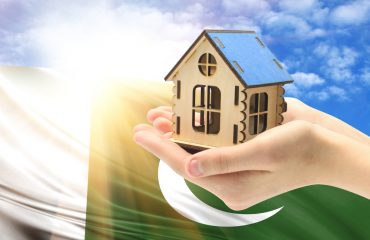Introduction
The demand for high-quality housing is constantly growing in urban centers. Providing urban populations with better and more spacious housing is key to reducing the overcrowding of housing. The challenge is to achieve this growth quickly, sustainable and environmentally friendly way. Many cities worldwide are now aiming for vertical development to address the challenges of urban expansion into green lands. Vertical development is the construction of tower blocks instead of one-first homes on the same piece of land. Instead of housing a single-family unit, luxury apartments, tower buildings can accommodate many residential units, shops hospitals, schools, restaurants, and suitable complexes in the same building. The phenomenon can have massive implications for the construction sector as newer technologies, materials, and cooperative mechanisms will have to shift to vertical development. Keep reading to understand how the construction sector will benefit from the vertical development of cities.
Feeta.pk through this blog highlight how the construction sector can benefit from the vertical development of cities.
Construction Sector of Pakistan
Pakistan is the fifth most populous country in the world, with over 60 million strong workforces and a growing middle class. Of the total population, 36 percent live in urban areas, while 64 percent live in rural areas. The demand for housing is growing every year by three hundred thousand with an annual population growth rate of 2.4 percent. The country’s construction sector contributes 2.5 percent to its annual GDP and employs 7.6 percent of the total workforce. According to the Association of Builders and Developers (ABAD), pending construction and housing projects total 1.1 trillion roles in monetary value. La construction sector has recently been declared an industry that will bring tax relief to companies and companies in the industry by amendments to the tax ordinance. Reforms in the tax processes have provided builders and developers with many incentives to accelerate activity in the sector. These include tax cuts, elimination of previous taxes and assistance to the industry in its ease of trading. The construction sector has also seen an increase in revenue due to the development of the China-Pakistan Economic Corridor. With the coronavirus affecting the country’s economy, acceleration to the construction sector has remained an important step towards achieving recovery and growth of the Pakistani economy in FY 2020-21. Not only have the incentives given impetus for growth in its allied sectors, but the government has also released a special amnesty package for investors, diaspora investment incentives, and 36 billion in grants under the Naya Pakistan Housing Program (Newsweek, 2020).
Growth in the construction sector can boost the Pakistani economy and create new job opportunities for the youth. Given the desire of the current government to see the growth of tall buildings in Pakistan, the national cabinet has also formulated and approved a policy on building tall buildings. The Lahore Development Authority (LDA) has enacted various laws to promote high-rise buildings in the provincial capital. The approval process for the construction of tall buildings has been simplified along with the removal of unnecessary restrictions such as obtaining a No Objection Certificate (NOC) from different government agencies. This will not only decrease performance and construction costs but will also ensure the timely completion of construction projects (Adnan, LDA enacts new laws to promote high laws, 2019). The authority has also relaxed statutes for construction to accelerate the vertical development of cities. New buildings and zonal regulations were also formed to encourage the vertical development of cities. The plot size requirement for building towers was also reduced from 4 canals to 10 marls. There is also no height limit for commercial buildings having an area of 12 channels and more. These buildings will also have a mandatory requirement to set up roof gardens, rainwater harvesting systems, parking, and firefighting systems (Adnan, 2020). In addition to Lahore, the cabinet has also allowed high-rise buildings in four major cities, namely Karachi, Islamabad, Peshawar and Multan (HP, 2019). Therefore, the construction sector has proved to be Pakistan’s lifeline in times of pandemic provoked blockages and plunge into the country’s economy.
How Vertical Development of Urban Centers Will Accelerate the Construction Sector
The construction of tower blocks can give a massive boost to the construction sector in the form of increased foreign and local investment, increased demand for labor and employment, increased use of raw materials causing growth in construction allied sectors, and increased utilization of high quality technologies which give greater efficiency and innovation. Tower houses are considered an indicator of the development of a country’s real estate sector. The first advantage of increasing vertical development will be realized in the form of increased foreign investment in Pakistan this will accelerate the establishment of new projects and provide resources to complete ongoing projects. Also, when the construction sector is recognized as an industry and the government provides incentives for the growth of high-rise buildings, the market tariffs for raw materials will stabilize. This will help set accurate forecasting models for projects that often face financial problems due to market fluctuations.
Pakistan has a strong workforce of young individuals who lack job opportunities due to their unskilled nature. Because building homes and low-rise buildings do not require as much manpower as high-rise construction, many of these workforce are forced to move to other countries that can provide training and employment. Accelerating the vertical development of cities will create a demand for this work in Pakistan and will allow the construction sector to absorb a massive level of agile and unskilled locally. The construction of high-rise buildings will also give a boost to the allied sectors of the industry. Growth requires larger quantities of raw materials, efficient logistics and advanced supply chain management. Therefore, the impact of vertical development will be seen in increased consumption of raw materials, installation and upgrade of infrastructure for better logistics, growth of the local market, and ultimately an increase in export of construction equipment. Ultimately, vertical development requires complex technologies to be implemented during the construction phase. Pakistan’s construction sector is lagging behind in the adoption of innovative practices and demands impetus for the introduction of newer technologies in the sector to make construction more efficient, sustainable and environmentally friendly.
Conclusion
The demand for high-quality affordable housing is growing due to rapid urbanization. Accommodating this requirement is not possible without the vertical development of cities. With the pandemic affecting the country’s economy in the early stages of FY 2020-21, incentives given to the construction sector have given strong growth to Pakistani economy. Continuing along with the same argument, the government of Pakistan is now encouraging the vertical development of cities. The construction sector will benefit from this vertical development in the form of increased foreign and local investment, increased demand for labor and employment, increased use of raw materials leading to growth in allied construction sectors, and increased use of high-tech technologies that provide greater efficiency. and innovation.
Watch this space for more information on that. Stay tuned to Feeta Blog for the latest updates about Architrcture, Lifestyle and Interior Design.



